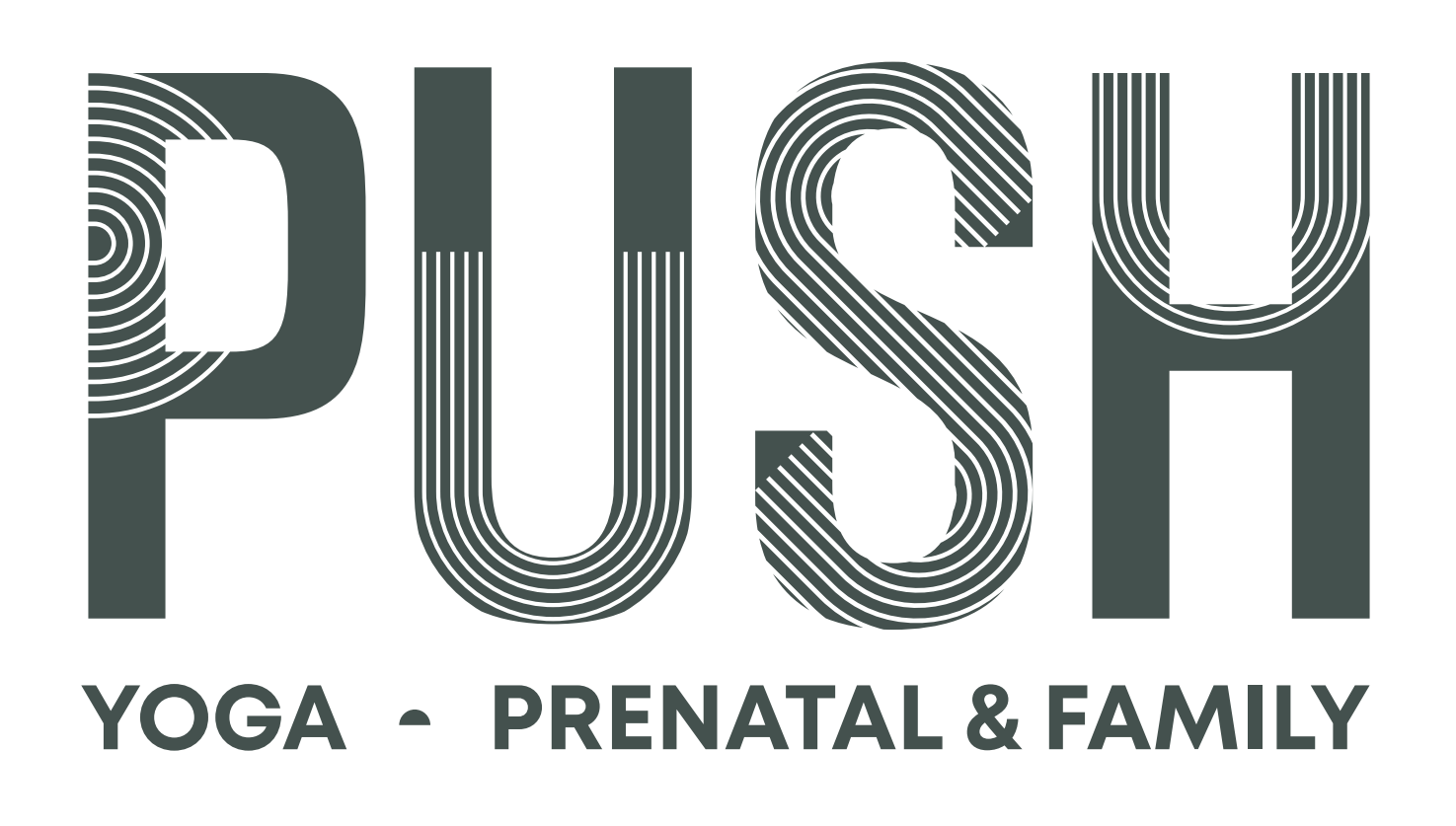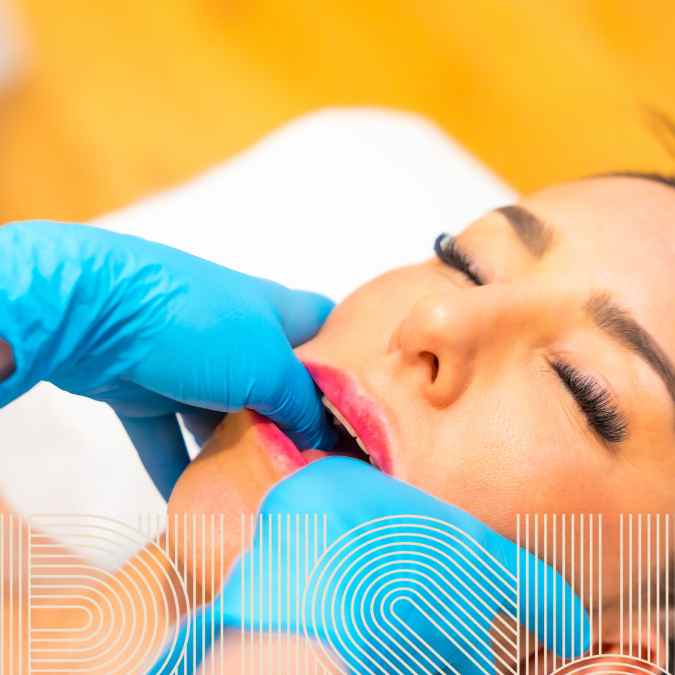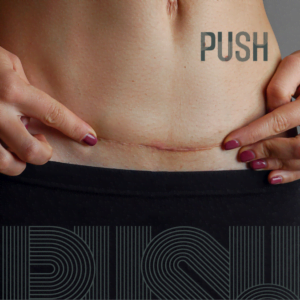Temporomandibular joint (TMJ) disorders are more common than many people realize, affecting millions of individuals worldwide. Characterized by pain and discomfort in the jaw joint and surrounding muscles, TMJ disorders can have a significant impact on daily life, making it difficult to eat, speak, or even sleep comfortably. While various treatments are available, one of the most effective and non-invasive options is massage therapy, specifically when performed by a skilled Registered Massage Therapist (RMT). In this comprehensive guide, we’ll explore what TMJ is, its symptoms, causes, and how massage therapy can play a vital role in managing and alleviating TMJ-related pain.
Understanding TMJ: What Is It?
The temporomandibular joint (TMJ) is a crucial part of your anatomy, acting as the hinge that connects your jawbone to your skull. Located on both sides of your head, this joint allows for the movement of your jaw, enabling you to talk, chew, yawn, and perform other essential functions. The TMJ is one of the most complex joints in the body, as it involves both a hinge action and sliding motions.
When the TMJ is functioning properly, these movements are smooth and pain-free. However, when there’s a problem with this joint or the surrounding muscles, you may experience what is known as TMJ disorder (TMD). TMJ disorders encompass a range of conditions that affect the joint itself, as well as the muscles that control jaw movement.
Common Causes of TMJ Disorders:
- Jaw Injury: Trauma to the jaw, neck, or head—such as from a car accident, sports injury, or fall—can lead to TMJ disorders. The impact can damage the joint or strain the surrounding muscles, leading to pain and dysfunction.
- Arthritis: Conditions like osteoarthritis or rheumatoid arthritis can affect the TMJ, leading to inflammation, pain, and limited movement.
- Bruxism: Bruxism, or the habitual grinding and clenching of teeth, is a common cause of TMJ disorders. This often unconscious behavior, which can occur during sleep or times of stress, places excessive pressure on the jaw joint and muscles, leading to pain and inflammation.
- Misalignment: A misalignment of the teeth, known as malocclusion, or an uneven bite can cause improper movement of the jaw, leading to strain on the TMJ and surrounding muscles.
- Stress: High levels of stress are a significant contributing factor to TMJ disorders. Stress often manifests physically as muscle tension, particularly in the jaw, neck, and shoulders, exacerbating TMJ symptoms.
Understanding the underlying cause of your TMJ disorder is crucial for effective treatment. While some cases may resolve on their own, others require targeted intervention to manage symptoms and improve function.
Symptoms of TMJ Disorders
TMJ disorders can manifest in a variety of ways, and the symptoms can range from mild discomfort to debilitating pain. It’s important to recognize the signs early on so you can seek appropriate treatment.
Common Symptoms of TMJ Disorders Include:
- Jaw Pain: Persistent pain in the jaw joint or surrounding muscles is one of the most common symptoms of TMJ disorders. This pain may be felt on one or both sides of the face and can worsen with jaw movement.
- Difficulty Chewing: Individuals with TMJ disorders often experience pain or discomfort while chewing or biting, which can lead to changes in eating habits.
- Lockjaw: Lockjaw, or the inability to fully open or close the mouth, can occur when the TMJ becomes stuck in an open or closed position. This can be a temporary or recurrent issue, causing significant distress.
- Clicking or Popping Sounds: Many people with TMJ disorders report hearing clicking, popping, or grating sounds when moving the jaw. These sounds can occur when opening or closing the mouth and may or may not be accompanied by pain.
- Headaches: Frequent headaches, often mistaken for tension headaches or migraines, are a common symptom of TMJ disorders. These headaches are usually felt in the temples, behind the eyes, or at the base of the skull.
- Ear Pain: Ear pain or discomfort without an ear infection is another symptom of TMJ disorders. The proximity of the TMJ to the ear can cause referred pain, leading to a sensation of earache or fullness.
Other symptoms may include dizziness, neck pain, shoulder pain, and facial swelling. Because TMJ disorders can mimic other conditions, it’s essential to receive a proper diagnosis from a healthcare professional. If you’re experiencing any of these symptoms, consider consulting with a Registered Massage Therapist (RMT) who specializes in TMJ treatment.
How Massage Therapy Can Help with TMJ
Massage therapy is widely recognized as an effective treatment for muscle and joint pain, but its benefits extend far beyond relaxation. For individuals suffering from TMJ disorders, massage therapy offers a non-invasive and drug-free approach to managing pain, improving function, and enhancing overall quality of life.
A Registered Massage Therapist (RMT) is trained to assess and treat the muscles involved in TMJ disorders. By focusing on the muscles surrounding the jaw, neck, and shoulders, an RMT can help reduce tension, improve mobility, and alleviate pain. The therapeutic touch of massage therapy not only addresses the physical symptoms of TMJ disorders but also helps to reduce stress and promote relaxation, which are key factors in managing this condition.
Key Benefits of Massage Therapy for TMJ:
- Muscle Relaxation: The muscles around the jaw and neck can become extremely tight and tense due to TMJ disorders. Massage therapy helps relax these muscles, reducing pain and improving jaw function. By releasing tension in the masseter, temporalis, and pterygoid muscles, massage therapy can relieve the pressure on the TMJ and restore normal movement.
- Improved Circulation: Massage therapy promotes increased blood flow to the affected area, which aids in healing and reduces inflammation. Improved circulation delivers oxygen and nutrients to the tissues, helping to repair damaged muscles and reduce swelling.
- Reduced Stress: Stress is a significant contributor to TMJ disorders, as it often leads to increased muscle tension in the jaw and neck. Massage therapy not only reduces physical tension but also promotes mental relaxation, helping to break the cycle of stress and pain.
- Enhanced Mobility: Regular massage therapy can improve the range of motion in the jaw, making it easier to open and close your mouth without discomfort. This is particularly important for individuals who experience lockjaw or limited movement due to TMJ disorders.
Targeted Massage Techniques for TMJ
An RMT may use a variety of specialized massage techniques to address the symptoms of TMJ disorders. These techniques are designed to target the specific muscles and connective tissues that contribute to TMJ pain and dysfunction.
1. Trigger Point Therapy:
Trigger point therapy focuses on releasing specific tight spots (trigger points) in the muscles that refer pain to the jaw area. Trigger points are hyper-irritable spots within a muscle that can cause pain, stiffness, and limited movement. When activated, trigger points in the neck, shoulders, and jaw muscles can contribute to TMJ pain. By applying direct pressure to these points, an RMT can release muscle tension, reduce referred pain, and improve jaw function.
2. Myofascial Release:
Myofascial release is a gentle technique that stretches and releases the connective tissue (fascia) surrounding the muscles. The fascia is a web-like structure that envelops muscles, organs, and bones, providing support and protection. When the fascia becomes tight or restricted, it can lead to pain and reduced mobility. Myofascial release helps to loosen these restrictions, improving movement and reducing pain in the jaw and surrounding areas.
3. Intraoral Massage:
Intraoral massage is a specialized technique that involves working inside the mouth to release tension in the jaw muscles directly. This technique is particularly effective for addressing the deeper muscles of the jaw, such as the pterygoid muscles, which are difficult to reach externally. By applying gentle pressure inside the mouth, an RMT can alleviate tension, reduce pain, and improve jaw function. It’s important to note that intraoral massage should only be performed by an RMT who has received specialized training in this technique.
4. Craniosacral Therapy:
Craniosacral therapy is a light-touch approach that helps relieve tension in the central nervous system, which can indirectly benefit the TMJ. This technique involves gentle manipulation of the skull, spine, and sacrum to release restrictions in the craniosacral system. By improving the flow of cerebrospinal fluid and reducing tension in the central nervous system, craniosacral therapy can promote relaxation, reduce stress, and alleviate TMJ symptoms.
Each of these techniques can be tailored to your specific needs, ensuring that you receive the most effective treatment possible. Your RMT will work with you to develop a personalized treatment plan that addresses your symptoms and helps you achieve lasting relief.
What to Expect During a TMJ Massage Therapy Session
If you’ve never received massage therapy for TMJ before, you may be wondering what to expect during your session. The first step in any massage therapy treatment is a thorough assessment. Your RMT will take the time to understand your specific symptoms, medical history, and lifestyle factors that may be contributing to your TMJ disorder.
Typical Session Components:
- Assessment: Your RMT will evaluate your jaw movement, posture, and muscle tension to identify areas of concern. They may ask you to perform certain movements, such as opening and closing your mouth or moving your jaw side to side, to assess the range of motion and identify any restrictions.
- Treatment Plan: Based on the assessment, your RMT will develop a customized treatment plan that may include a combination of massage techniques. The plan will be tailored to your specific needs and may evolve over time as your symptoms improve.
- Massage Techniques: During the session, your RMT will use the appropriate massage techniques to address the muscles and tissues involved in your TMJ disorder. The treatment may involve working on the neck, shoulders, and upper back, as well as the jaw and face. If intraoral massage is part of the treatment plan, your RMT will explain the procedure and obtain your consent before proceeding.
- Home Care Advice: Your RMT may provide exercises, stretches, and relaxation techniques to complement your treatment and help manage symptoms between sessions. This may include jaw exercises to improve mobility, stretches to reduce muscle tension, and stress management strategies to prevent exacerbation of TMJ symptoms.
Each session is typically 30 to 60 minutes long, depending on the severity of your symptoms and the complexity of the treatment plan. Regular sessions are often recommended for the best results, especially if your TMJ disorder is chronic or has been resistant to other forms of treatment.
The Long-Term Benefits of TMJ Massage Therapy
Massage therapy for TMJ is not just about immediate relief; it’s also about long-term management. By addressing the root causes of your symptoms and promoting overall muscle and joint health, regular massage therapy can help prevent the recurrence of TMJ symptoms and improve your quality of life.
Long-Term Benefits Include:
- Sustained Pain Relief: With regular massage therapy, many individuals experience a significant reduction in TMJ pain and discomfort. By maintaining muscle flexibility and reducing tension, massage therapy can help prevent the reoccurrence of painful flare-ups.
- Improved Jaw Function: Regular massage therapy can enhance the range of motion in the jaw, making it easier to perform daily activities like eating, speaking, and yawning without discomfort. Improved jaw function can also reduce the risk of developing further complications, such as lockjaw or chronic headaches.
- Reduced Stress: By incorporating massage therapy into your wellness routine, you can manage stress more effectively, reducing the likelihood of stress-related TMJ symptoms. Regular massage sessions provide an opportunity to relax, unwind, and focus on your overall well-being.
- Enhanced Overall Health: Massage therapy offers benefits beyond TMJ relief. By improving circulation, reducing muscle tension, and promoting relaxation, massage therapy contributes to better overall health, including improved sleep, reduced anxiety, and enhanced immune function.
Why Choose an RMT for TMJ Treatment?
When it comes to treating TMJ disorders, not all massage therapists are created equal. A Registered Massage Therapist (RMT) has undergone extensive training and is licensed to practice in their respective province or territory. This means they have the knowledge, skills, and experience to provide safe and effective treatment for TMJ disorders.
Advantages of Working with an RMT:
- Specialized Training: RMTs receive specialized training in anatomy, physiology, and pathology, making them well-equipped to understand and treat complex conditions like TMJ disorders.
- Personalized Care: An RMT will work with you to develop a personalized treatment plan tailored to your specific needs and goals. They will take the time to understand your symptoms, lifestyle, and preferences, ensuring that you receive the most effective care possible.
- Professionalism and Ethics: RMTs adhere to strict professional and ethical standards, ensuring that you receive high-quality care in a safe and respectful environment. They are also required to maintain ongoing education and training, keeping their skills and knowledge up to date.
Choosing an RMT for TMJ treatment ensures that you receive expert care from a qualified professional who is dedicated to helping you achieve lasting relief.
Schedule Your TMJ Relief Session Today
If you’re struggling with TMJ-related pain and discomfort, don’t wait any longer to seek help. Massage therapy offers a safe, effective, and non-invasive approach to managing TMJ disorders and improving your quality of life. Whether you’re dealing with chronic pain, limited jaw movement, or frequent headaches, an RMT can provide the targeted treatment you need to find relief.
Ready to Take the Next Step?
Contact us today to schedule an appointment with one of our skilled RMTs. Our team is committed to helping you achieve lasting relief from TMJ pain and guiding you on your journey to better health and well-being.
Did You Know Acupuncture Facial Massage Can Also Help with TMJ?
Did you know that acupuncture facial massage can also provide significant relief for TMJ disorders? This innovative approach combines the ancient principles of acupuncture with the soothing benefits of facial massage. By targeting specific acupoints on the face and jaw, this technique helps to release muscle tension, improve circulation, and reduce inflammation in the TMJ area. Not only does it alleviate pain and discomfort, but it also enhances overall relaxation and well-being. Acupuncture facial massage can be a valuable complement to traditional TMJ treatments, offering a holistic and effective solution for managing jaw pain and improving facial health.




